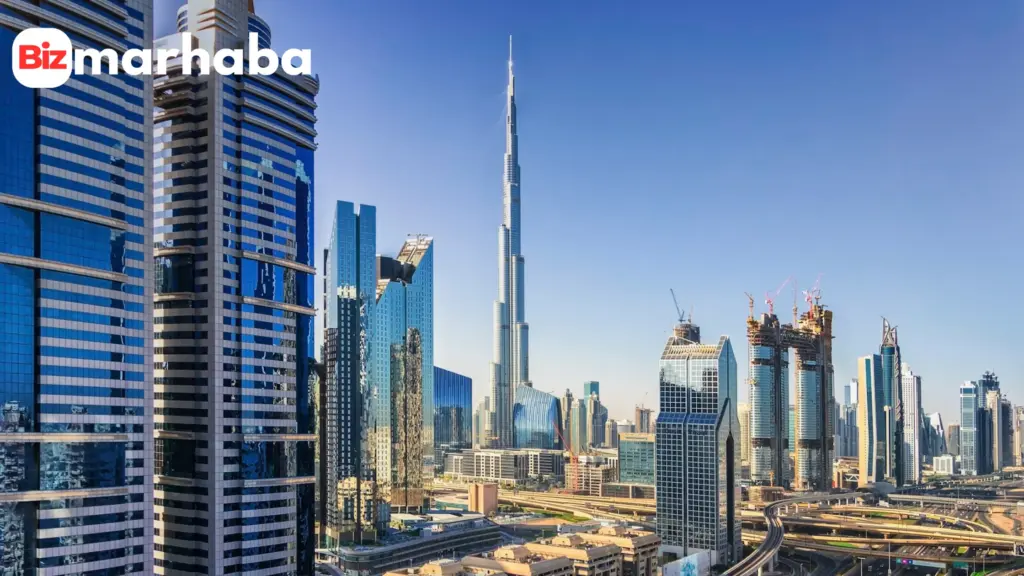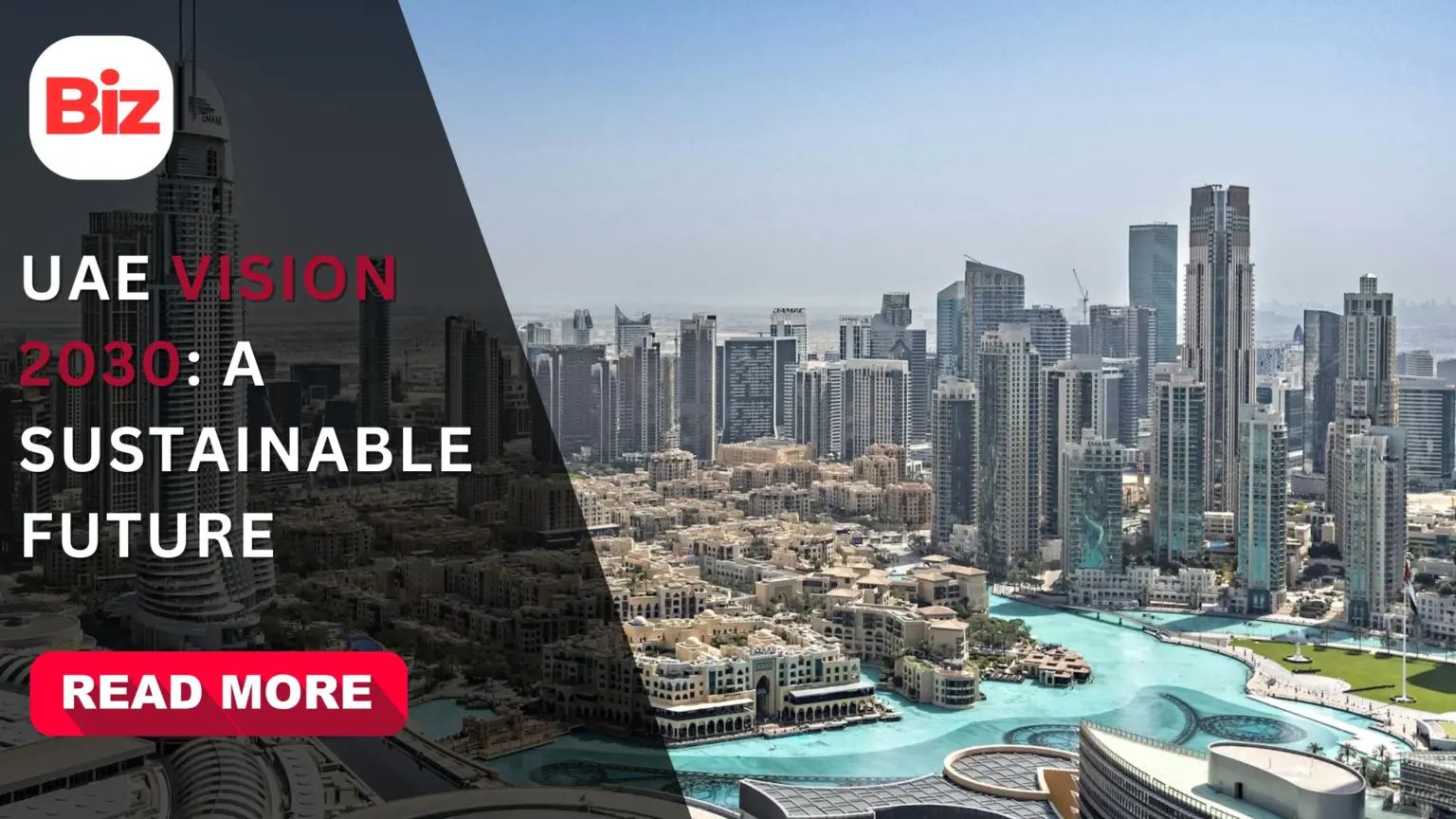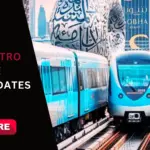- Abu Dhabi vision 2030: metrics that matter
- Dubai Vision 2030: an experimental engine
- Spread the benefits — don’t just stack them in one city
- Private capital: the oxygen of delivery
- Where technology and sustainability meet
- Governance — the quiet engine
- People first — not an afterthought
- Obstacles — real but manageable
- The simplest test: measure, publish, act
- A pragmatic promise
- Recommended For You
The UAE has quietly — and deliberately — placed its next decade on a single idea. It wants to turn a petroleum-based past into a greener, knowledge-driven future. The UAE Vision 2030 is not just a slogan on a billboard. It is a set of practical bets: clean energy projects, skill-focused education, and policies that guide capital and talent into new industries. The aim is straightforward. The goal is fewer hydrocarbons in the GDP mix and more sustainable jobs on the balance sheet. But reaching that point will demand hard and patient work.
Abu Dhabi vision 2030: metrics that matter
The Abu Dhabi Vision 2030 is where ambition meets arithmetic. It not only promises a greener future. It also pins down numbers that force action. Non-oil sectors should make up roughly 64% of GDP by 2030. Carbon intensity should fall by about one-third. Renewables should climb to nearly 30%. These are the kinds of targets that push policymakers to make choices. They cannot simply let everything quietly proceed. They make the hard questions unavoidable: which industries get incentives, which plants shut their doors, who gets retrained, and how fast?
Dubai Vision 2030: an experimental engine
If Abu Dhabi is the dialed-in strategist, the Dubai Vision 2030 is the experimenter. Dubai plays with new tools in public view — piloting AI in city services, testing blockchain for trade, building digital twins of neighborhoods. The point is not novelty for novelty’s sake. It’s to prove that a small success can be scaled. A pilot reduces red tape, an app makes permitting faster, and a smart-grid trial saves energy and becomes a model. That nimbleness helps Dubai keep attracting tourists, investors, and startups. At the same time, it slowly builds deeper, tech-enabled economic layers beneath the spectacle.

Spread the benefits — don’t just stack them in one city
One thing the planners are clear about: this is not just a skyline exercise. Investments are targeted at places like Al Ain and Al Gharbia to broaden opportunity. New transport links, better internet connectivity, and targeted industry support are all part of the plan. They are designed to prevent the classic trap — where growth is dumped into a few coastal districts while the rest of the country watches. That’s a small but crucial detail: development that feels fair is more likely to last.
Private capital: the oxygen of delivery
Public strategy sets direction; private capital supplies the pace. From public-private partnerships that build transport and power systems, to venture funds that back cleantech and AI startups — money drives progress. It is the point where plans turn into factories and apps. The government can write incentives, but firms build the plants and hire the technicians. That’s why the relationship between policy clarity and private confidence is so important. The clearer the targets, the cheaper it is for investors to bet on them.
Where technology and sustainability meet
This is where the plan starts to look like everyday life. Smart-city tools cut waste. Circular-economy rules make reuse profitable. Clean-energy projects create new trades — solar technicians, grid-integrators, green-build specialists. Education and vocational training must catch up, because a policy without skilled people is just a brochure. The good news? Training programs, university partnerships and incubators are already retooling skills for those roles.
Governance — the quiet engine
The real test of these visions is governance. Abu Dhabi leans on fiscal discipline and measurable progress. Dubai pushes regulatory speed and pilots. The federal level has to keep the pieces from drifting apart: common standards, aligned incentives, and transparent benchmarks (renewable share, non-oil GDP, job creation). Independent reporting and honest audits are not optional luxuries; they are the credibility currency that investors and citizens both demand.
People first — not an afterthought
Policies are merely scaffolding unless people can walk the stairs. Health, education, quality of life, and social inclusion are the practical parts of economic strategy. Programs that help young entrepreneurs, reskill workers, or make cities livable are not soft extras. They are how the UAE Vision 2030 delivers real incomes, not just numbers on a balance sheet.
Obstacles — real but manageable
There are real headaches: upfront capital for renewables; behavior change among consumers and firms; the environmental strains of urban growth; and social sensitivities around labor reform. None of these are trivial. But the UAE has fiscal space, institutional capability, and a willingness to partner internationally. All of these tilt the odds toward successful handling of those risks.
The simplest test: measure, publish, act
If credibility matters — and it does — then transparency is the shortest path to trust. Regular publication of emissions, investment figures, and job numbers — coupled with independent evaluation — gives everyone a way to track progress. It also allows them to call out failures and celebrate real wins. That discipline turns plans into durable policy.
A pragmatic promise
Put together — UAE vision 2030, Abu Dhabi vision 2030, Dubai vision 2030 — they are not identical blueprints but complementary approaches. One sets hard targets, another experiments fast, and a third stitches regions together. If leaders hold to the metrics, open the data, and keep the focus on people as well as projects, these visions could change the shape of work and life here for decades. That’s the human wager behind the technocratic language. It is a bet that steady policy, honest measurement, and everyday effort will add up to something real.








